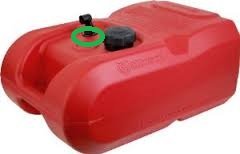I can't imagine removing the motor every use. To me that is a sure way to discourage me from using it. I want some form of davit or crane or platform that can handle tender and motor.
You have a 100 foot boat and room for a davit or crane to carry your assembled dinghy. My boat is 28 feet long and the choice is putting the dinghy on the bow and/or deflating it and storing the motor separately. Yes, it is less than convenient but it is the best I can do.
The other choice is to not have a dinghy at all.

 What he said.
What he said.